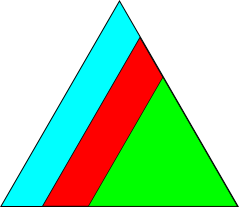from_scipy_rotation#
- classmethod Misorientation.from_scipy_rotation(rotation: Rotation, symmetry: Tuple[Symmetry, Symmetry] | None = None) Misorientation[source]#
Return misorientationss from
scipy.spatial.transform.Rotation.- Parameters:
- rotation
SciPy rotations.
- symmetry
Tuple of two sets of crystal symmetries. If not given, the returned misorientations are assumed to be transformations between crystals with only the identity operation, 1 (C1).
- Returns:
MMisorientations.
Notes
The SciPy rotations are inverted to be consistent with the orix framework of rotations.
Examples
>>> from orix.crystal_map import Phase >>> from orix.quaternion import Misorientation, symmetry >>> from orix.vector import Miller >>> from scipy.spatial.transform import Rotation as SciPyRotation >>> R_scipy = SciPyRotation.from_euler("ZXZ", [90, 0, 0], degrees=True) >>> M = Misorientation.from_scipy_rotation( ... R_scipy, (symmetry.Oh, symmetry.Oh) ... ) >>> t = Miller(uvw=[1, 1, 0], phase=Phase(point_group="m-3m")) >>> R_scipy.apply(t.data) array([[-1., 1., 0.]]) >>> M * t Miller (1,), point group m-3m, uvw [[ 1. -1. 0.]] >>> ~M * t Miller (1,), point group m-3m, uvw [[-1. 1. 0.]]
